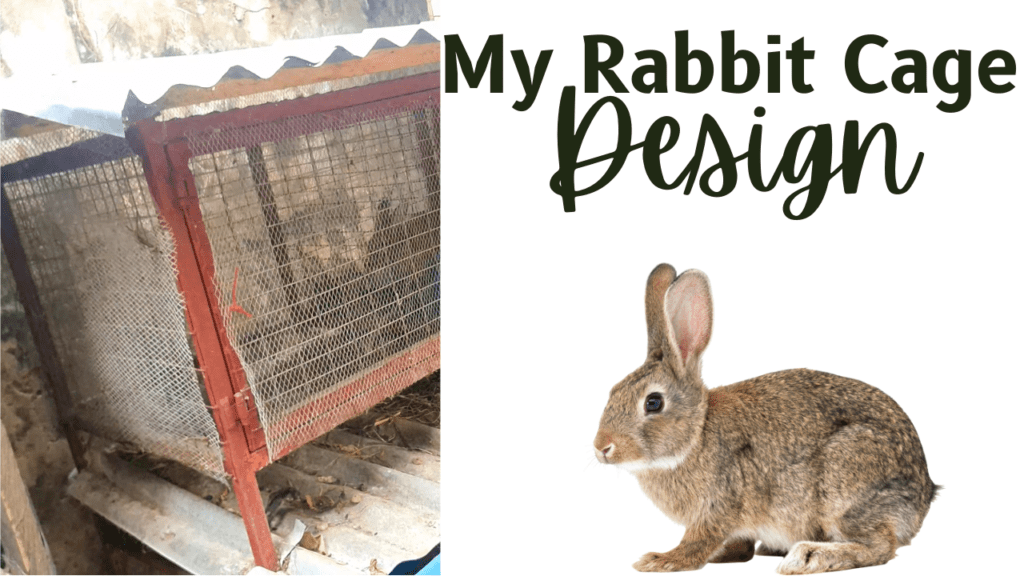Rabbits are popular pets and meat-producing animals that require specific care to thrive. One essential aspect of caring for a rabbit is providing them with a comfortable and safe living environment. This includes providing them with an appropriate cage that meets their needs. In this article, we will discuss rabbit cage design and dimensions to help you create the perfect home for your furry friend.
Design Considerations for Rabbit Cages
When designing a rabbit cage, there are a few essential considerations that you need to take into account:
Size:
The size of the cage is crucial for your rabbit’s overall health and well-being. A cage that is too small can lead to physical and psychological issues, while a cage that is too large can be difficult to maintain. Generally, the cage should be at least four times the size of your rabbit.
Material:
Rabbit cages can be made from a variety of materials, including wire, plastic, and wood. It is essential to choose a material that is safe for your rabbit and easy to clean.
Accessibility:
Your rabbit’s cage should be easy to access for cleaning and maintenance. It should also have easy access to food, water, and a litter box.
Ventilation:
Rabbits need a well-ventilated space to prevent respiratory problems. The cage should have adequate ventilation to allow fresh air to circulate.
Dimensions for Rabbit Cages
When it comes to dimensions, there is no one-size-fits-all solution for rabbit cages. However, there are some general guidelines you can follow to ensure that your rabbit has enough space to move around and live comfortably.
Length:
The cage should be at least four times the length of your rabbit when they are stretched out. This will give them enough room to move around freely.
Height:
The height of the cage should be at least twice the height of your rabbit when they are standing up. This will allow them to stretch and jump without hitting their head.
Width:
The width of the cage should be at least two times the width of your rabbit when they are lying down. This will provide them with enough space to move around and play.
Floorspace:
For rabbits weighing less than 8 pounds, a minimum floorspace of 24″ x 36″ is recommended. For larger rabbits, a minimum floorspace of 30″ x 36″ is recommended.
In addition to these general guidelines, it is also important to consider the number of rabbits you have and their individual needs. If you have multiple rabbits, you will need a larger cage to accommodate them. If your rabbit has specific needs, such as a disability, you may need to customize the cage to meet their needs.
My Rabbit Cage Design and Dimension
Using all these considerations for the design and dimension of a rabbit cage, coupled with references to other people’s designs, I designed my rabbit cage as follows:
The cage is divided into an upper and lower section. Under each section, there is a sloping roof designed to collect droppings and urine. A urine channeling pipe is attached to the end of each roof to direct the urine into a collection container.
To ensure that droppings and urine easily fall off the roof, it is sloped. The height between the sections and the roof is six inches at the front end and four inches at the back end. Each section has three compartments, with dimensions of 19 inches in height, 23 inches in breadth, and a width of 24 inches.
The entire cage measures 67 inches in length, 61 inches in height, and 24 inches in width. The top roof is also sloped to allow water to run off when it rains. Small rods are attached to the top of the cage before the roof is placed. The rod is half an inch high at the front end and four inches high at the back end. A rectangular wooden frame is placed on these rods, and a zinc roofing sheet is then placed on top of it.
This design provides enough space for the rabbits to move around comfortably, while still allowing for the feeding and breeding containers to be contained within the cage.

Conclusion
In summary, designing a rabbit cage requires careful consideration of size, material, accessibility, and ventilation. When it comes to dimensions, the cage should be at least four times the length of your rabbit, twice the height of your rabbit when standing up, and two times the width of your rabbit when lying down. By following these guidelines, you can provide your rabbit with a safe, comfortable, and healthy living environment.
